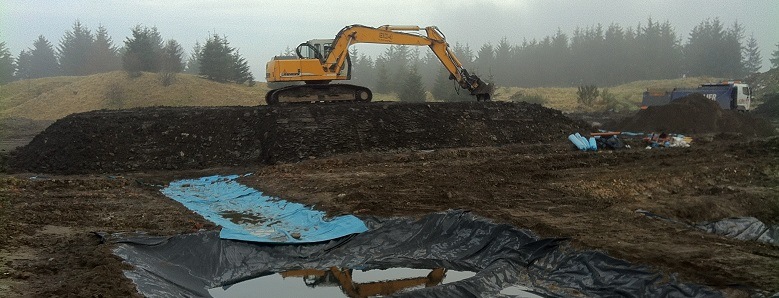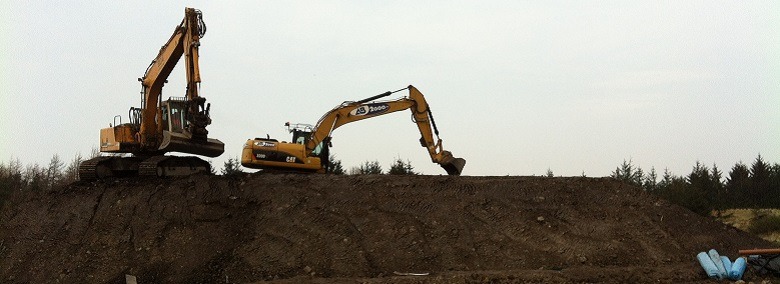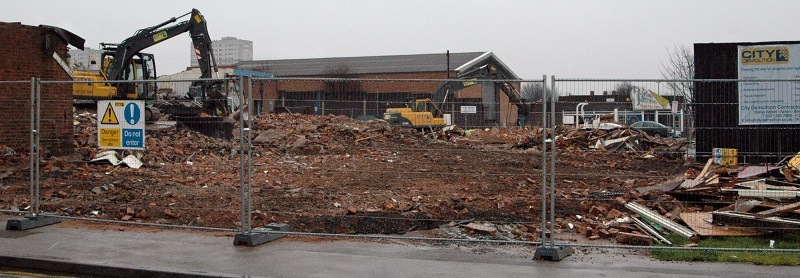
Coupled with increasing regulatory requirements through the implementation of the EU Landfill Directive and growing public awareness, owners of landfills and brownfield sites are taking a more cautious approach when restoring their sites for reuse.
Owners or the responsible persons now potentially face long term liabilities, reducing asset values and occasionally adverse publicity, in addition to the increasing costs, when dealing with restoration issues. These differ from site to site, and the requirement and extent of any restoration measures is a direct function of the intended end use of the site, the nature and extent of the previous use of the site and current legislative requirements.
With proper assessment and design techniques, landfills and brownfield sites can be restored to an extent that it presents a viable commercial opportunity to make full and effective use of land previously considered unsuitable for reuse.
Soilutions offers a comprehensive range of the best restoration options to its customers. Selection, design and procurement support for restoration systems including cost estimates and planning are all part of Soilutions’ service to meet with customers requirements.
Coupled with increasing regulatory requirements through the implementation of the EU Landfill Directive and growing public awareness, owners of landfills and brownfield sites are taking a more cautious approach when restoring their sites for reuse.
Owners or the responsible persons now potentially face long term liabilities, reducing asset values and occasionally adverse publicity, in addition to the increasing costs, when dealing with restoration issues. These differ from site to site, and the requirement and extent of any restoration measures is a direct function of the intended end use of the site, the nature and extent of the previous use of the site and current legislative requirements.
With proper assessment and design techniques, landfills and brownfield sites can be restored to an extent that it presents a viable commercial opportunity to make full and effective use of land previously considered unsuitable for reuse.
Soilutions offers a comprehensive range of the best restoration options to its customers. Selection, design and procurement support for restoration systems including cost estimates and planning are all part of Soilutions’ service to meet with customers requirements.










